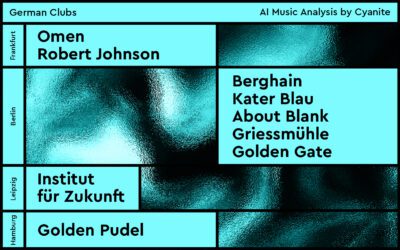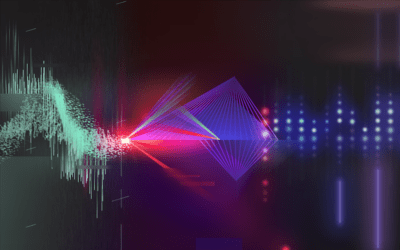If we asked you to describe the vibe of your favourite nightclub, could you? Today, we show you how we would describe the sounds of some of our favourite...
Blog
Thoughts and resources on music industry and AI
Ellen Allien, Roman Flügel and Dub Isotope: An AI Analysis of Techno and Drum ‘n’ Bass
As a team of music lovers, the Cyanite team has been tuning in regularly to Berlin’s lockdown livestream DJ sets over the last few months. Some of us might...


